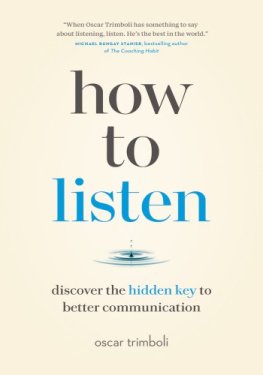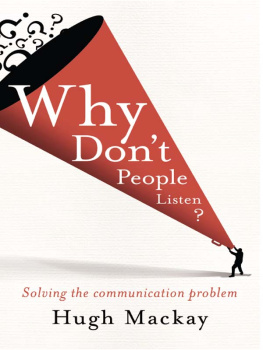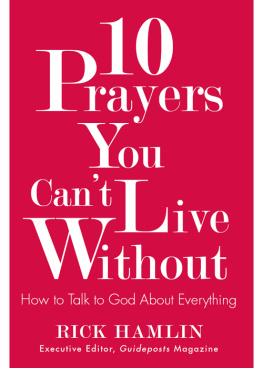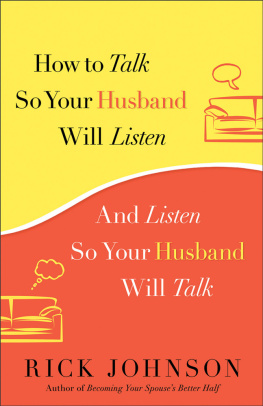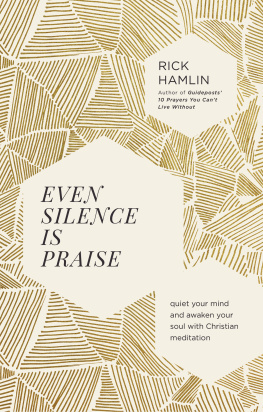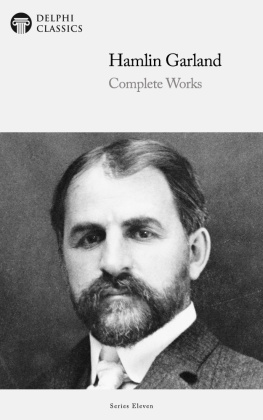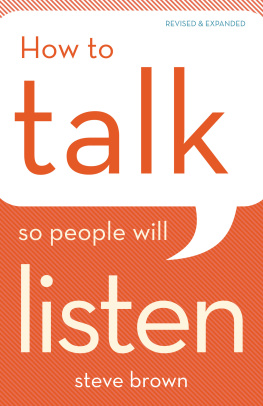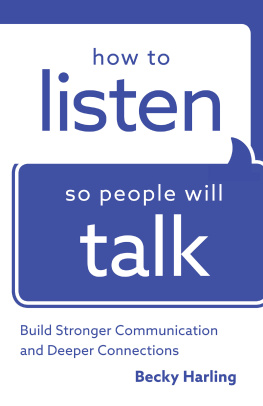How can I start talking to you without some personal greeting?
Here I am, a total stranger, about to tamper with such an instinctive, spontaneous, and very personal process as how you communicate and present yourself. Im going to upend some things youve been doing and ask you to try some new ones. Which is why Id like to at least reach out my hand and greet you, smiling (which Im doing right now), before we start. To get us going in a relaxed and personal way.
You see, Im going to talk very directly and openly to you throughout our journey together. Person to person, me to you. Now, since this book is all about what will make anyone pay attention to you and also like and be persuaded by you, I face that same challenge:
Youre my audience! How I talk to you throughout this book must demonstrate that I can do that!
Ill use an approach slightly different from the just-the-facts, do-this list found in many business presentations. Youll get both facts and the reasons why they work. Just listing how-tos without some basic understanding of what happens when you do them and whats a good reason for doing themthat wont give you the kind of solid information, or even the motivation, that you need to try them out.
What Well Cover
This book is about getting what you want at work. Youll learn about:
Pre-thinking: Gaining an organized, fail-safe method for strategizing any communication encounter; analyzing your audience so you can predict what theyd respond to and how to pitch your message
Motivating your audience: How to get people to listen by understanding any audiences self-interest enough to make them want to hear your message; discovering how to customize and personalize it
Todays basic communication principles: What it takes to get and keep attention today; new ways to explain and persuade and make messages clear, concise, and visual
The most common obstacles: What gets in the way as we interact at work; strategies and skills for solving them
Learning to give and take: How to listen, support, and disagree constructively, while making colleagues out of potential opponents along the way
How to handle presentations: How to deal with one-on-one encounters and meetings
and lots more
Some Ways Ill Communicate with You
My style is, and will be, informal and colloquial. And since I can only do this for you on black-and-white pages, without the extra persuasive powers of voice, gesture, energy level, and personal presence, Ill resort to many visual devices to get my message across.
Youve already seen some of them:
Italics, so you can read certain words with a louder internal voice
Bullets and lists to organize and explain a group of connected ideas
Nonindented one- or two-line paragraphs for emphasis, to make you slow down and think about each new idea
Exclamation points and ellipses (those things), to make you stop, notice, and go Hmmm or, hopefully, Wow about certain statements
Layouts that show you where were going and whats extra important and memorable with bold letters and different type sizes
Headings, sections, and subsections designed to make the book visually pleasurable, succinct, clear, and organized for you
Illustrations and charts to speak to you by showing, not telling
Ill talk to you personally, one-on-one, as I would if we could see each other. I really do imagine each of you as I writereading, thinking about what you just read, wondering, musing, trying it on, objecting sometimes, and hopefully, saying Aha a lot.
Sounds like a lot of I stuff but this is all to get you comfortable with the form of this bookand with the writer.
How to Use this Book
I know you bought this book to give you answers and new ideas, ASAP. Since we can truncate time so well now, technologically, and since todays average attention span in the United States is 1 minutes, youll probably want to jump right into the chapters that most represent your personal needs.
Fine. Feel free to skip around, but The first two chapters are designed to give you the basethe cornerstoneson which all the chapters will stand. They tell you whats changed and what kind of new, overriding issues you face and what to factor into every kind of communicating you do today.
So do try to read it chronologically (which is how the book is constructed). Take the time to read Chapters 1 and 2 before you dash off to find out about your specific, practical workplace needs. And keep this book nearby at work as a ready reference, so I can be your own personal coach, on call.
But before getting under way, theres one more thing
Why Should You Listen to Me?
Ive worked as a conscious and aware communicator all my life, continually trying to solve the puzzle of getting people interested, keeping them tuned in and absorbing what I mean.
Starting as a dancer and musician, creating as well as performing, the challenge was always this:
My audience doesnt yet know (or care) about my message or why Im dying to give it. What can I do to make them want it?
As an adult, I was challenged by the toughest audience of allthe television audience. As the first cultural reporter on nightly television news in the country (WBZ-TV, Boston), I learned how to interest my audience in material basically unfamiliar to most of them. To capture them before they reached for the remote. Secrets learned? Everyone must find a way to answer peoples automatic internal question: Why should I listen to this? Whats in it for me? So I learned to intrigue them and tell my audience how my material connects with their lives in some waya basic principle that youll hear throughout this book!
Next came hosting my own one-hour live daily talk show for eleven years. The letters, phone calls, personal contact (and the ratings!) gave me instant feedback about what worked and what went astray, even with the best of intentions. Covering serious, controversial, unpopular as well as scientific, factual, and hard-to-hear issues gave me a virtual Ph.D. in getting people to listen and stay tuned, even when it wasnt always charming and fun!
I looked next for one of the hardest places in our world to get people to listen and pay attention: the courtroom. So I set myself the task of teaching trial lawyers how to communicate with laypeoplejurors.
I developed a course at the Harvard Law School, Communication in the Courtroom, and Ive been teaching and consulting on cases with lawyers ever since, showing how to explain complex facts and simplify issues visually and verbally. I also do this on television, as an ongoing contributor, analyzing famous cases from the jurys point of view: the entire O.J. Simpson case, the Oklahoma City bomber case, the Clinton impeachment case, the 2004 presidential debates, and the Michael Jackson case.


